Home>Others>Specialized Home Improvement Topics>What Kind Of Glass Is In Car Windows
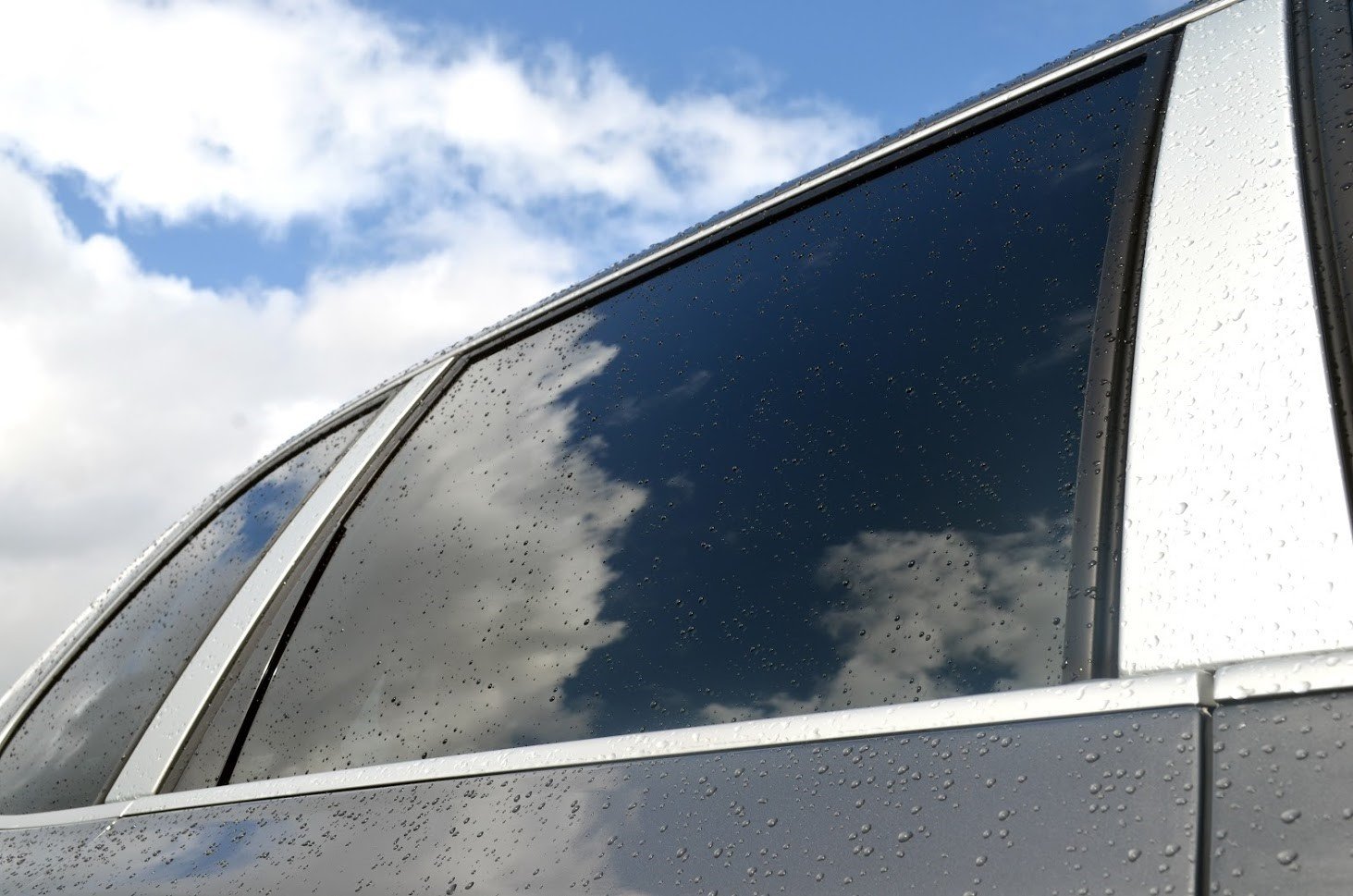

Specialized Home Improvement Topics
What Kind Of Glass Is In Car Windows
Modified: February 6, 2024
Learn about the types of glass used in car windows and how they contribute to specialized home improvement topics. Understand the importance of choosing the right glass for your vehicle.
(Many of the links in this article redirect to a specific reviewed product. Your purchase of these products through affiliate links helps to generate commission for Storables.com, at no extra cost. Learn more)
Introduction
When you think about the components that make up a car, the glass windows might not be the first thing that comes to mind. However, the type of glass used in car windows plays a crucial role in ensuring safety, comfort, and functionality for both the driver and passengers. Understanding the different types of glass used in car windows can provide valuable insight into the intricacies of vehicle design and construction.
In this article, we will delve into the various kinds of glass commonly found in car windows, shedding light on their unique properties and functions. From tempered glass to laminated glass and solar control glass, each type serves a specific purpose, contributing to the overall performance and safety of the vehicle. By gaining a deeper understanding of these glass varieties, you can make informed decisions when it comes to car maintenance, repair, and customization. So, let's embark on a fascinating journey through the world of automotive glass and explore the remarkable features that make each type indispensable in the realm of vehicular engineering.
Key Takeaways:
- Tempered glass in car windows offers exceptional impact resistance and safety by fragmenting into granular pieces upon breakage, minimizing the risk of injury and ensuring durability in diverse conditions.
- Laminated glass provides enhanced security, noise reduction, and intrusion deterrence, while retaining structural integrity even after breakage, contributing to a serene and safe driving experience.
Read more: What Kind Of Glue Is Used For Car Windows
Tempered Glass
Tempered glass, also known as toughened glass, is a type of safety glass that is specifically designed to enhance the security and resilience of car windows. This specialized glass undergoes a thermal tempering process, where it is heated to high temperatures and then rapidly cooled, resulting in increased strength and durability. The molecular structure of tempered glass is engineered to provide exceptional resistance to impact and shattering, making it a vital component for enhancing passenger safety in the event of collisions or accidents.
One of the key characteristics of tempered glass is its ability to fragment into small, granular pieces upon breakage, as opposed to sharp, jagged shards typical of regular glass. This unique feature minimizes the risk of severe injuries in the event of a window breakage, as the small granules are less likely to cause lacerations or deep cuts. Additionally, the enhanced strength of tempered glass reduces the likelihood of intrusions into the vehicle during impact, offering an extra layer of protection for occupants.
Tempered glass is commonly utilized in side and rear windows of vehicles, where its robust nature helps fortify the structural integrity of the car. The tempered glass used in car windows is specifically tailored to meet stringent safety standards, ensuring optimal performance in diverse driving conditions and scenarios. Whether it’s withstanding the force of debris on the road or providing a secure barrier against attempted break-ins, tempered glass stands as a formidable safeguard within the automotive landscape.
Moreover, the thermal tempering process imbues tempered glass with thermal resistance, enabling it to withstand rapid temperature differentials without compromising its structural integrity. This resilience to thermal stress makes tempered glass an ideal choice for car windows, as it can endure the rigors of fluctuating weather conditions without succumbing to cracks or fractures.
Overall, tempered glass represents a pinnacle of safety and durability in the realm of automotive glass, offering unparalleled protection and fortification for car windows. Its ability to withstand impact, minimize the risk of injury, and maintain structural integrity in varying environments underscores its indispensable role in ensuring the safety and security of vehicle occupants.
Laminated Glass
Laminated glass stands as a cornerstone of automotive safety, renowned for its exceptional resilience and protective properties. Comprising multiple layers of glass with an interlayer of polyvinyl butyral (PVB) or ethylene-vinyl acetate (EVA), laminated glass is engineered to offer enhanced security, noise reduction, and impact resistance for car windows. The lamination process involves bonding the layers together under heat and pressure, creating a cohesive and robust composite that exhibits remarkable strength and durability.
One of the hallmark features of laminated glass is its ability to retain its structural integrity even upon breakage. In the event of an impact that causes the glass to shatter, the interlayer holds the fragments in place, preventing them from dispersing and reducing the risk of injuries to occupants. This crucial attribute significantly enhances the safety of car windows, as the glass remains intact and provides a barrier against external elements even when compromised.
Besides its protective qualities, laminated glass also offers notable acoustic insulation, effectively minimizing external noise and creating a quieter and more serene environment within the vehicle. This acoustic dampening capability contributes to a more comfortable and enjoyable driving experience, shielding occupants from the clamor of traffic, road noise, and environmental sounds.
Moreover, laminated glass serves as a deterrent against forced entry and theft, as its robust construction makes it considerably challenging to breach. The interlayer of PVB or EVA enhances the glass’s resistance to penetration, bolstering the security of the vehicle and safeguarding valuables within. This aspect is particularly crucial for side and rear windows, where the added security provided by laminated glass can thwart unauthorized access attempts and enhance peace of mind for car owners.
In the context of safety, laminated glass also plays a pivotal role in the structural integrity of the vehicle, especially during rollover accidents. The retention of the glass within the frame, even when shattered, contributes to the overall stability of the car’s structure, reducing the risk of roof collapse and offering additional protection to occupants in such critical situations.
Overall, laminated glass epitomizes the fusion of security, resilience, and comfort in the realm of automotive glass, elevating the safety and functionality of car windows to unprecedented levels. Its ability to withstand impact, mitigate noise, deter intrusion, and fortify the structural framework of vehicles underscores its indispensable significance in ensuring a secure and serene driving environment.
Car windows are typically made of tempered glass, which is stronger and safer than regular glass. It is designed to shatter into small, dull pieces to reduce the risk of injury in case of an accident.
Solar Control Glass
Solar control glass, also referred to as tinted glass or solar-reflective glass, is engineered to mitigate the adverse effects of solar radiation and enhance the comfort and energy efficiency of vehicles. This specialized glass is imbued with properties that enable it to regulate heat gain, block harmful UV rays, and reduce glare, thereby creating a more pleasant and temperate interior environment for car occupants.
One of the primary functions of solar control glass is its ability to attenuate solar heat, effectively minimizing the influx of infrared radiation into the vehicle. By limiting the absorption of heat from sunlight, this type of glass helps maintain a cooler interior temperature, reducing the reliance on air conditioning and enhancing overall comfort for passengers. This feature is particularly beneficial during hot and sunny conditions, as it mitigates the greenhouse effect within the car, fostering a more enjoyable and temperate atmosphere.
Furthermore, solar control glass acts as a formidable barrier against harmful ultraviolet (UV) radiation, which can pose health risks and cause damage to the car’s interior surfaces. The inherent UV-blocking properties of this glass help safeguard occupants from prolonged exposure to harmful rays, while also preserving the upholstery, dashboard, and other interior components from fading and deterioration due to UV-induced degradation. This dual function of UV protection and interior preservation underscores the multifaceted benefits of solar control glass in enhancing the longevity and aesthetics of the vehicle.
In addition to its thermal and UV-regulating capabilities, solar control glass excels in reducing glare, thereby enhancing visibility and driving safety. By minimizing the intensity of sunlight entering the vehicle, this glass contributes to improved visual clarity for the driver and passengers, reducing eye strain and optimizing the driving experience, especially during bright and glaring conditions.
Moreover, solar control glass aids in enhancing energy efficiency by reducing the need for excessive air conditioning, thereby contributing to fuel conservation and environmental sustainability. By moderating the interior temperature and lessening the reliance on climate control systems, this glass supports eco-friendly driving practices and promotes energy-conscious vehicle operation.
Overall, solar control glass epitomizes the convergence of thermal comfort, UV protection, glare reduction, and energy efficiency in the realm of automotive glass, elevating the driving experience to a realm of enhanced comfort, safety, and sustainability. Its ability to create a more temperate interior environment, protect against UV radiation, improve visibility, and promote energy conservation underscores its pivotal role in optimizing the functionality and comfort of vehicles.
Conclusion
As we conclude our exploration of the diverse types of glass used in car windows, it becomes evident that each variety plays a crucial role in enhancing safety, comfort, and functionality within the realm of automotive design. From the robust security offered by tempered glass to the protective resilience of laminated glass and the thermal regulation of solar control glass, each type exhibits unique properties that contribute to the overall performance and well-being of vehicle occupants.
Tempered glass stands as a stalwart guardian, fortifying car windows with exceptional impact resistance and fracture resilience, bolstering the safety and structural integrity of vehicles. Its ability to fragment into granular pieces upon breakage minimizes the risk of injury, while its thermal resistance ensures durability in diverse environmental conditions.
Laminated glass emerges as a bastion of security and comfort, with its multi-layered construction and interlayer providing unparalleled protection, noise reduction, and intrusion deterrence. Its capacity to retain structural integrity even after breakage elevates the safety and stability of car windows, while its acoustic insulation contributes to a serene and enjoyable driving experience.
Meanwhile, solar control glass embodies the essence of thermal comfort, UV protection, glare reduction, and energy efficiency, harmonizing the interior environment of vehicles and promoting sustainable driving practices. Its role in moderating heat gain, blocking harmful UV rays, reducing glare, and conserving energy underscores its significance in fostering a comfortable, safe, and eco-conscious driving experience.
By understanding the distinctive attributes and functions of these glass types, car owners and enthusiasts gain valuable insights into the critical role that automotive glass plays in ensuring the well-being and satisfaction of occupants. Whether it’s the safeguarding of passengers in the event of collisions, the preservation of interior aesthetics, or the creation of a serene driving environment, each type of glass contributes to a holistic and enriching automotive experience.
In essence, the amalgamation of tempered, laminated, and solar control glass epitomizes the convergence of safety, security, comfort, and sustainability, redefining the parameters of automotive excellence and setting new benchmarks for vehicle design and functionality. As technology continues to advance and innovations in glass manufacturing evolve, the future holds boundless possibilities for further enhancing the safety, comfort, and performance of car windows, paving the way for a new era of automotive excellence.
Frequently Asked Questions about What Kind Of Glass Is In Car Windows
Was this page helpful?
At Storables.com, we guarantee accurate and reliable information. Our content, validated by Expert Board Contributors, is crafted following stringent Editorial Policies. We're committed to providing you with well-researched, expert-backed insights for all your informational needs.
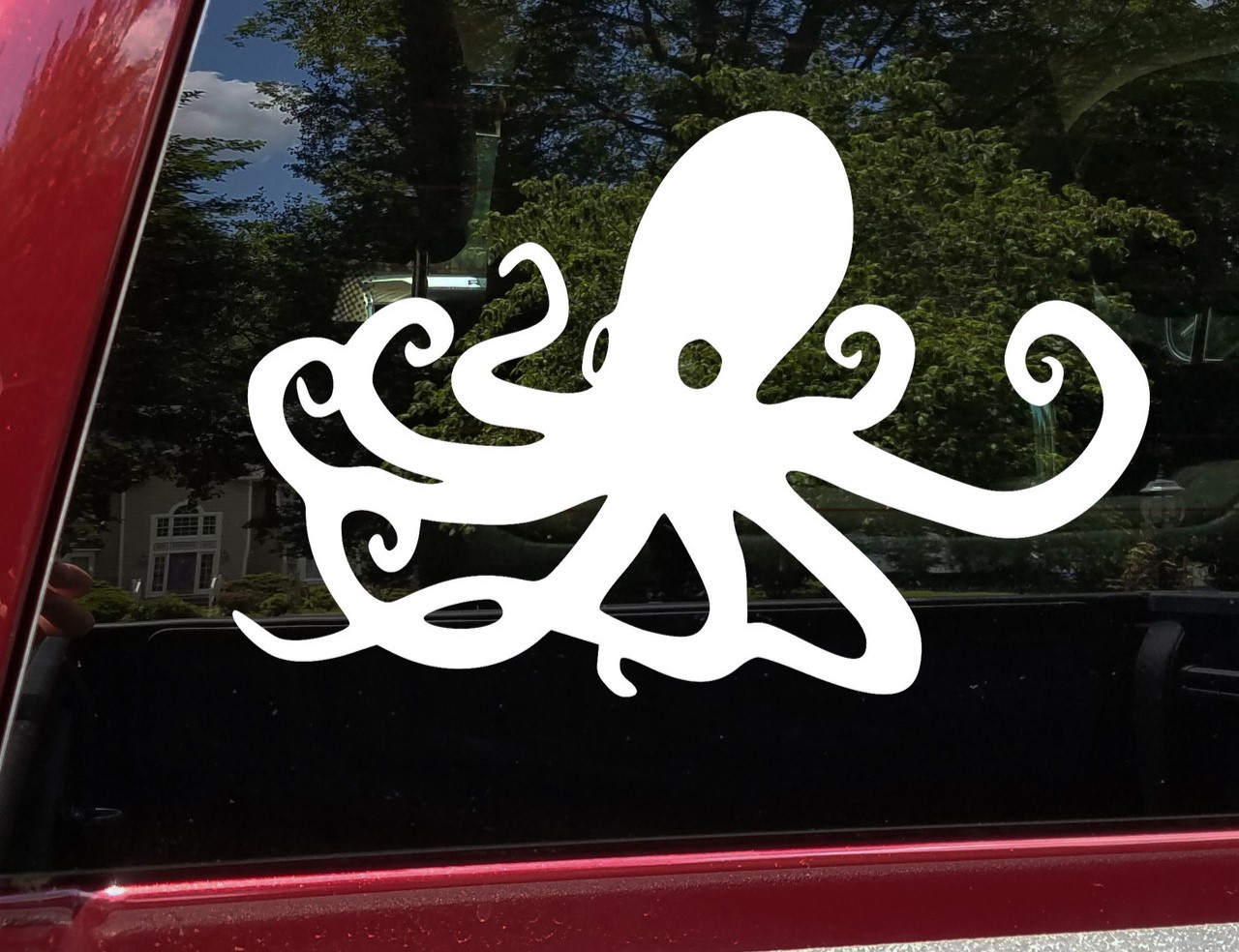
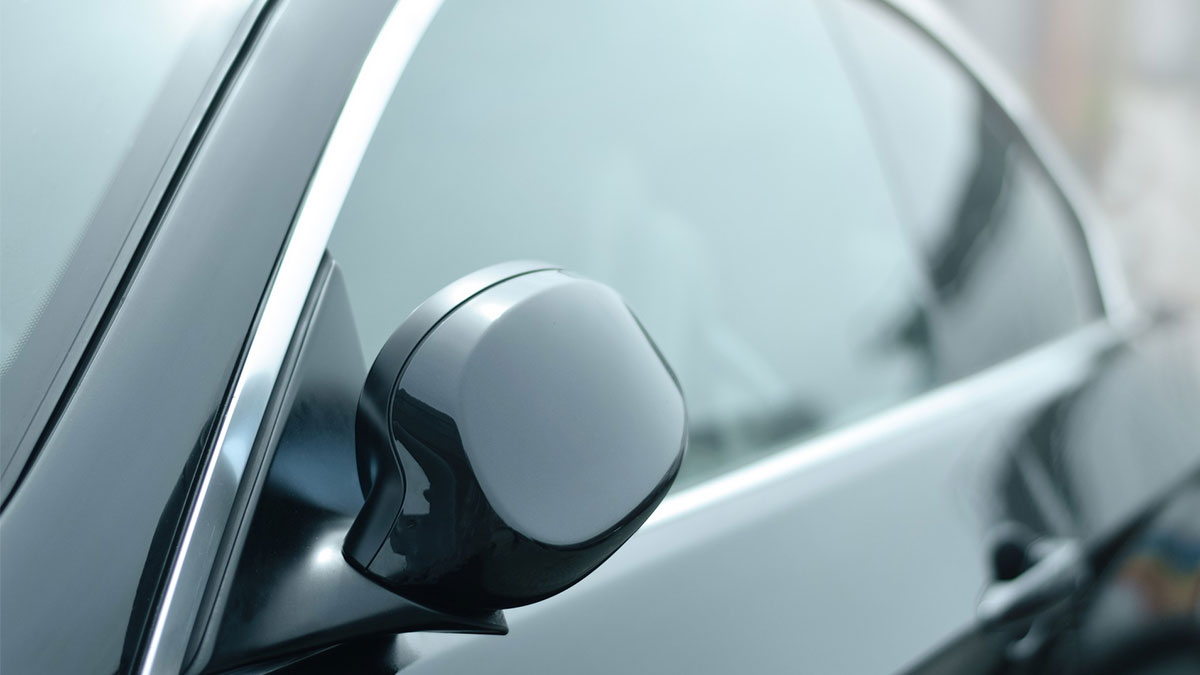
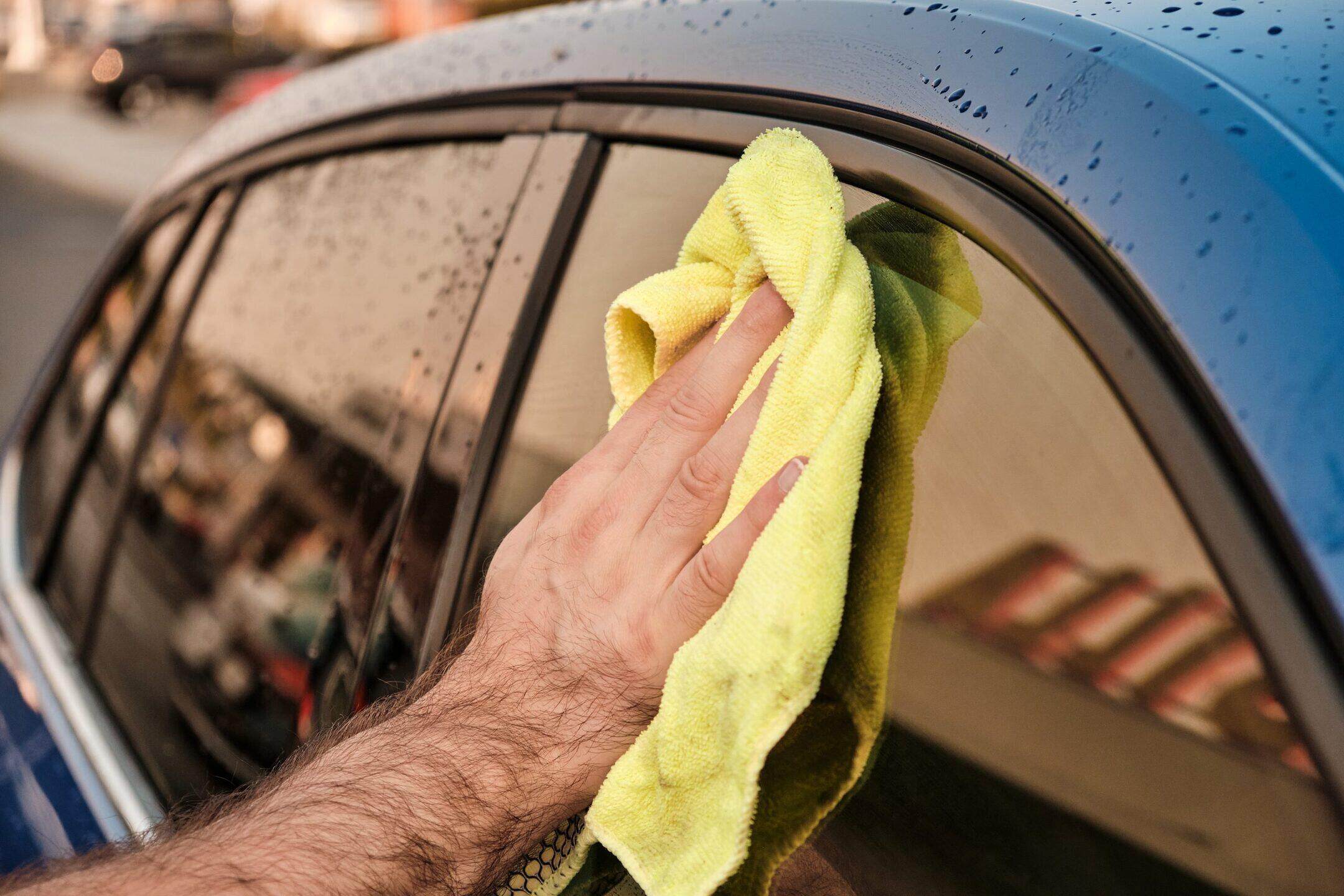

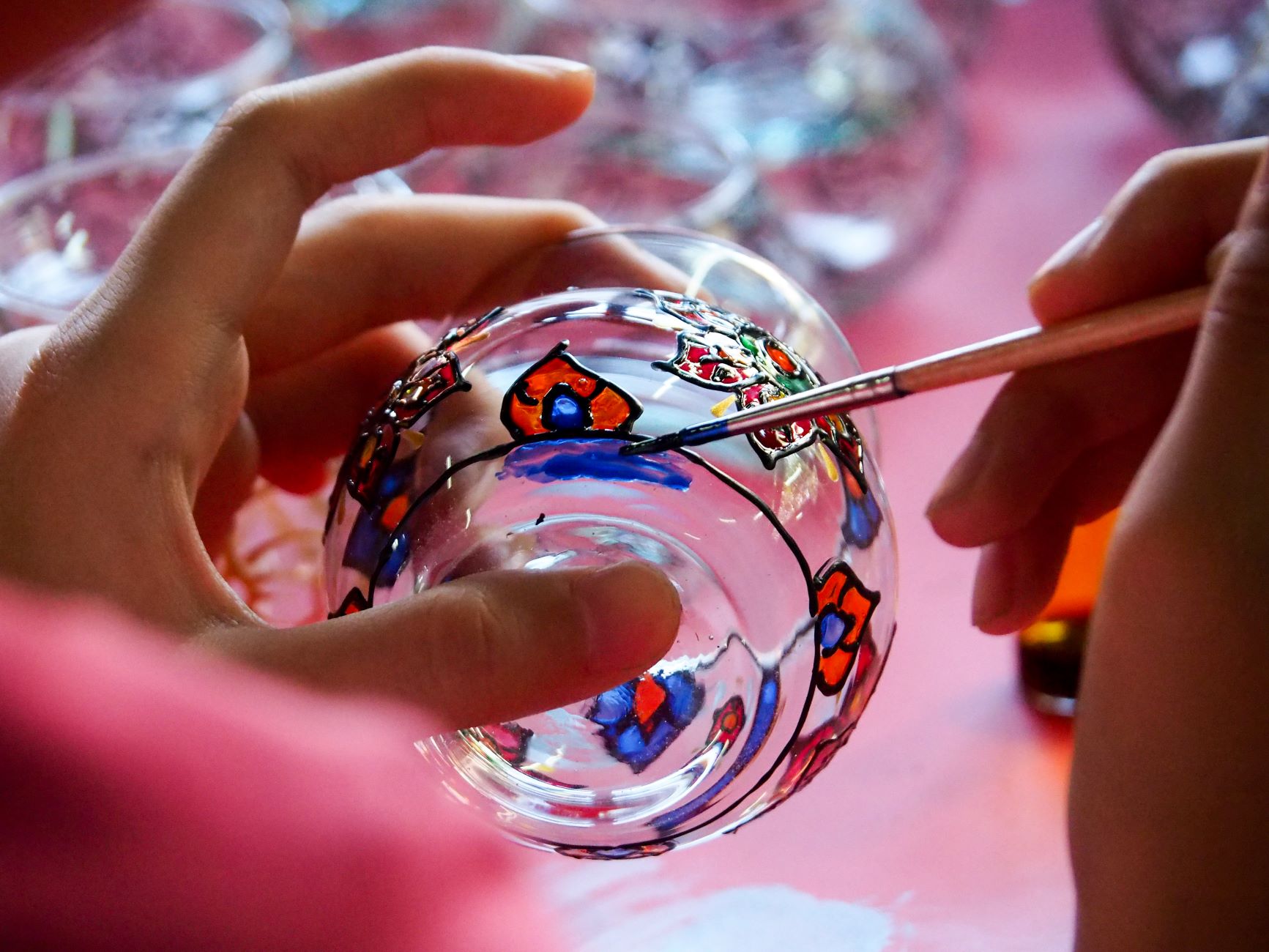
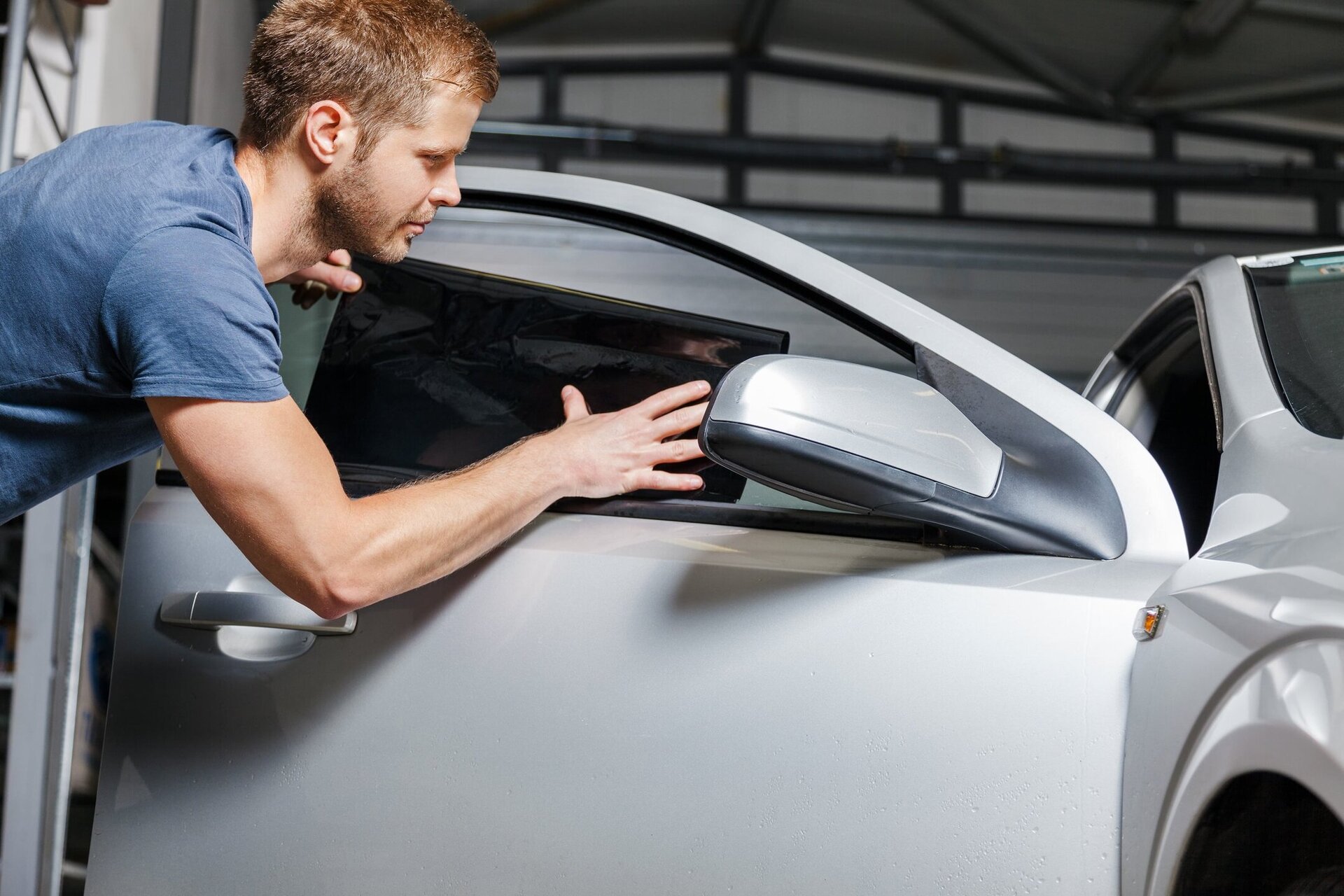
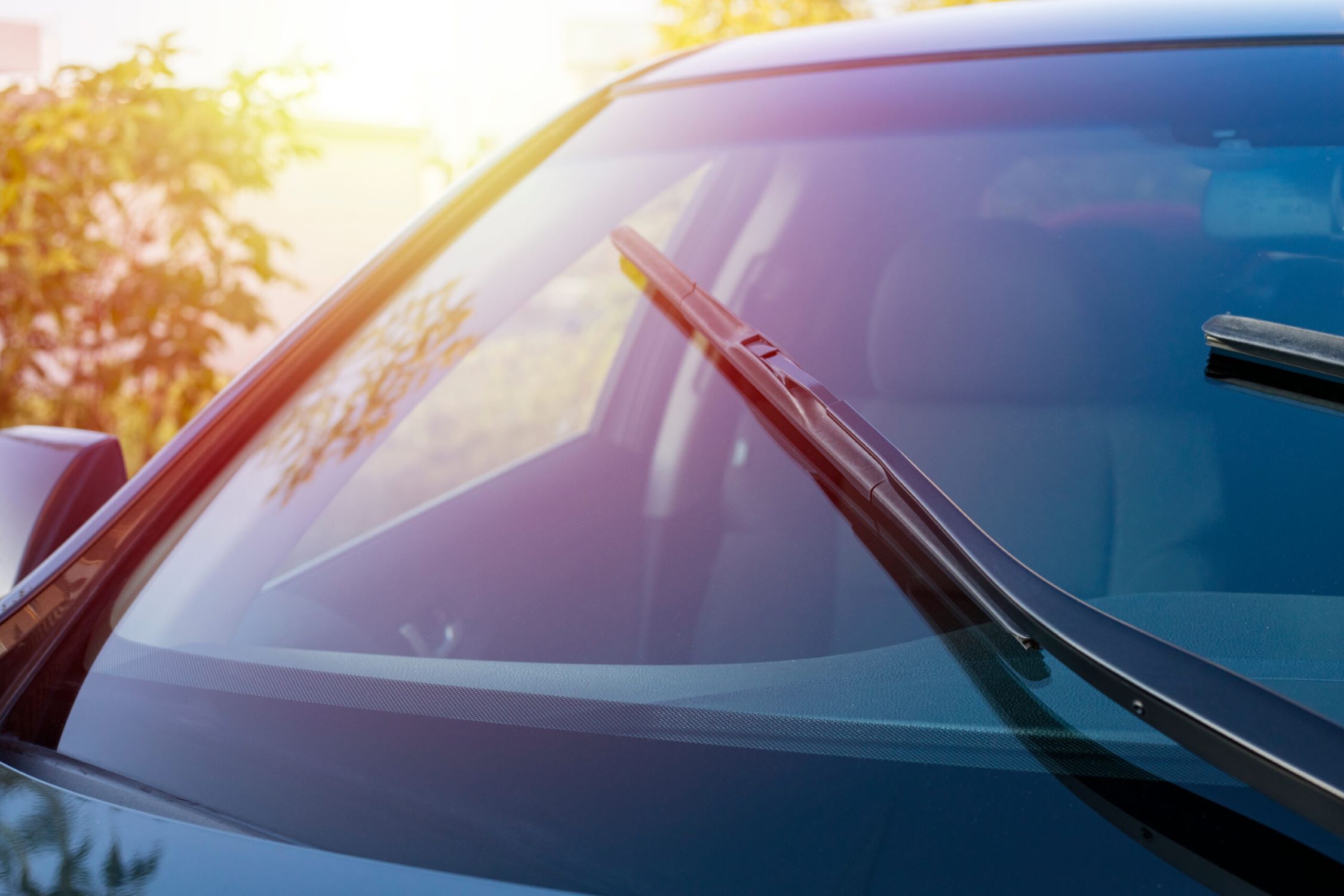

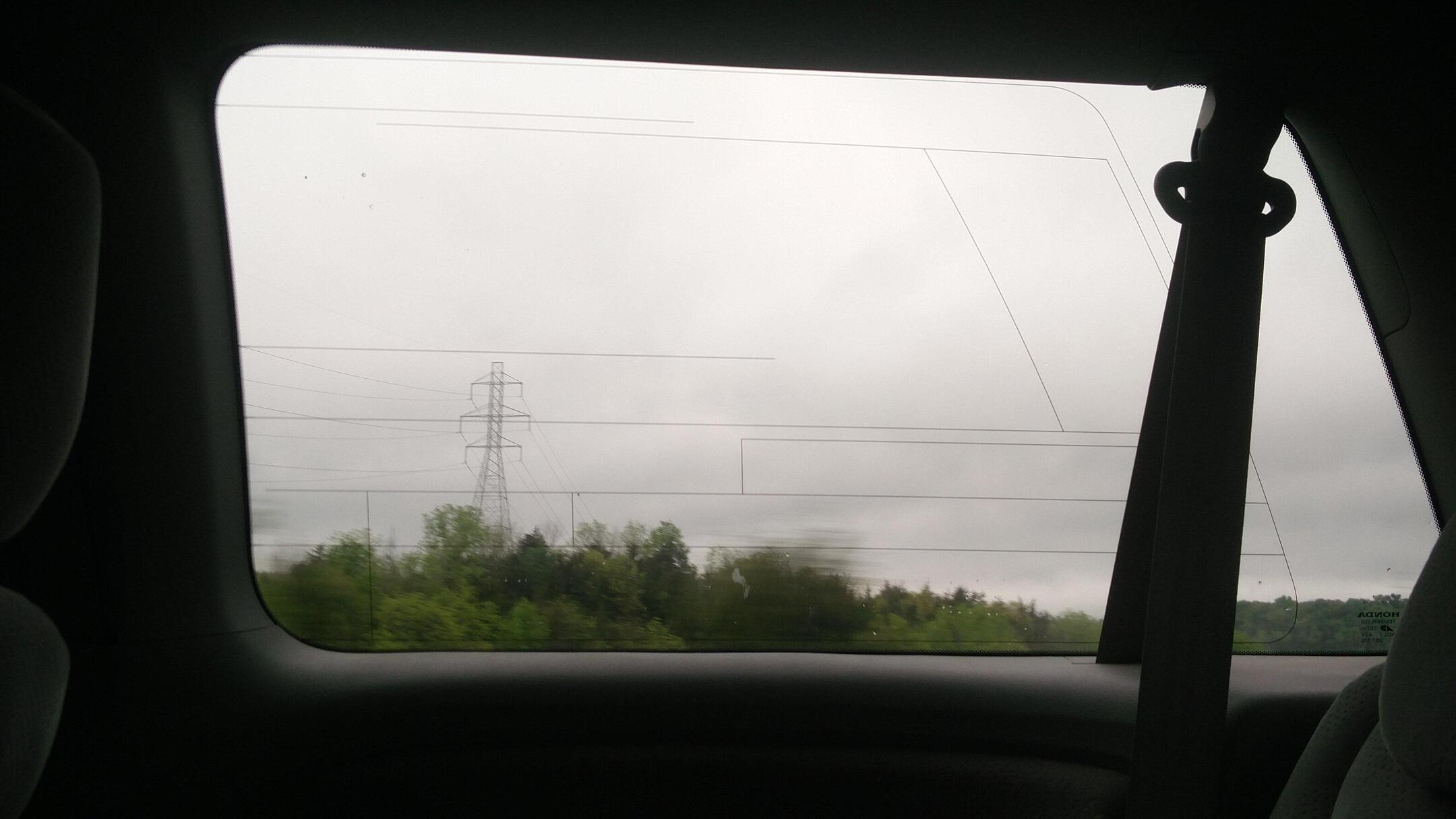
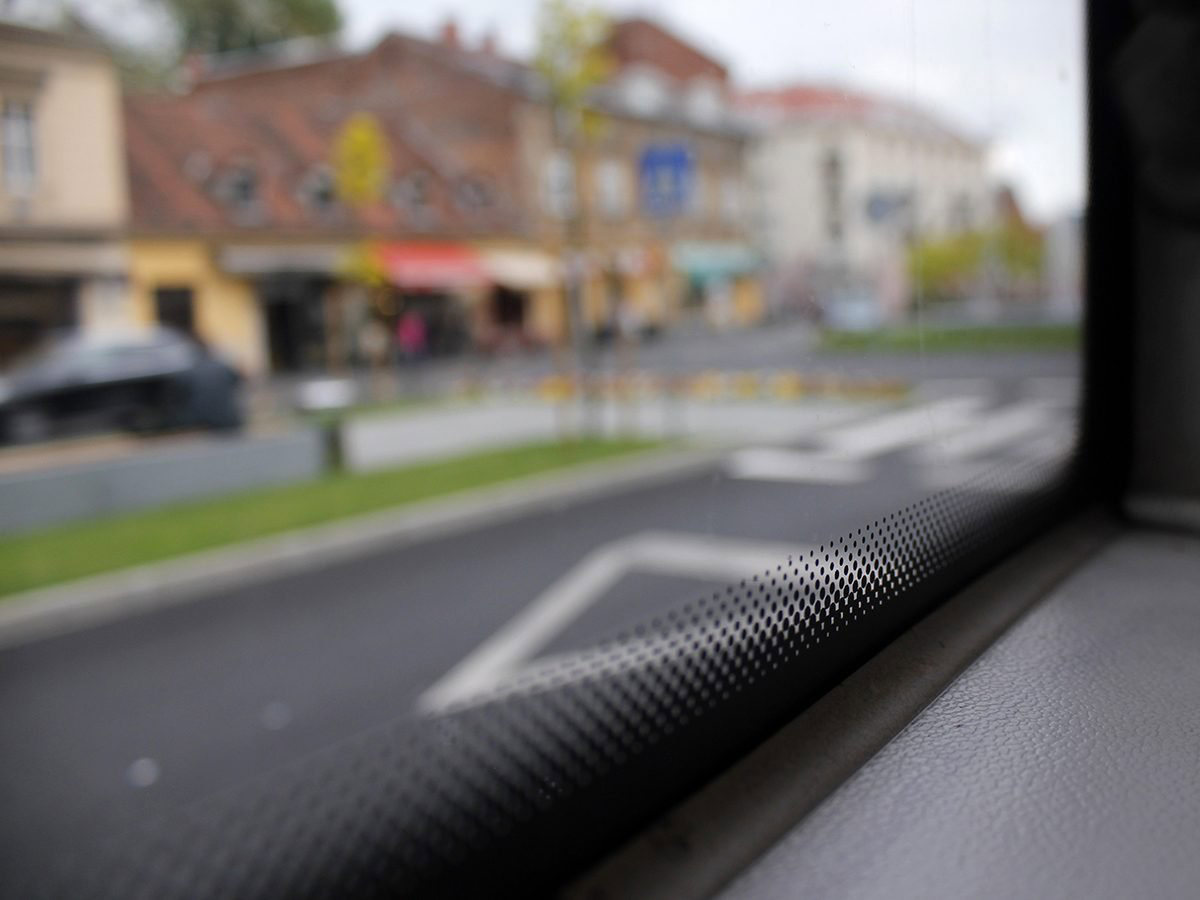
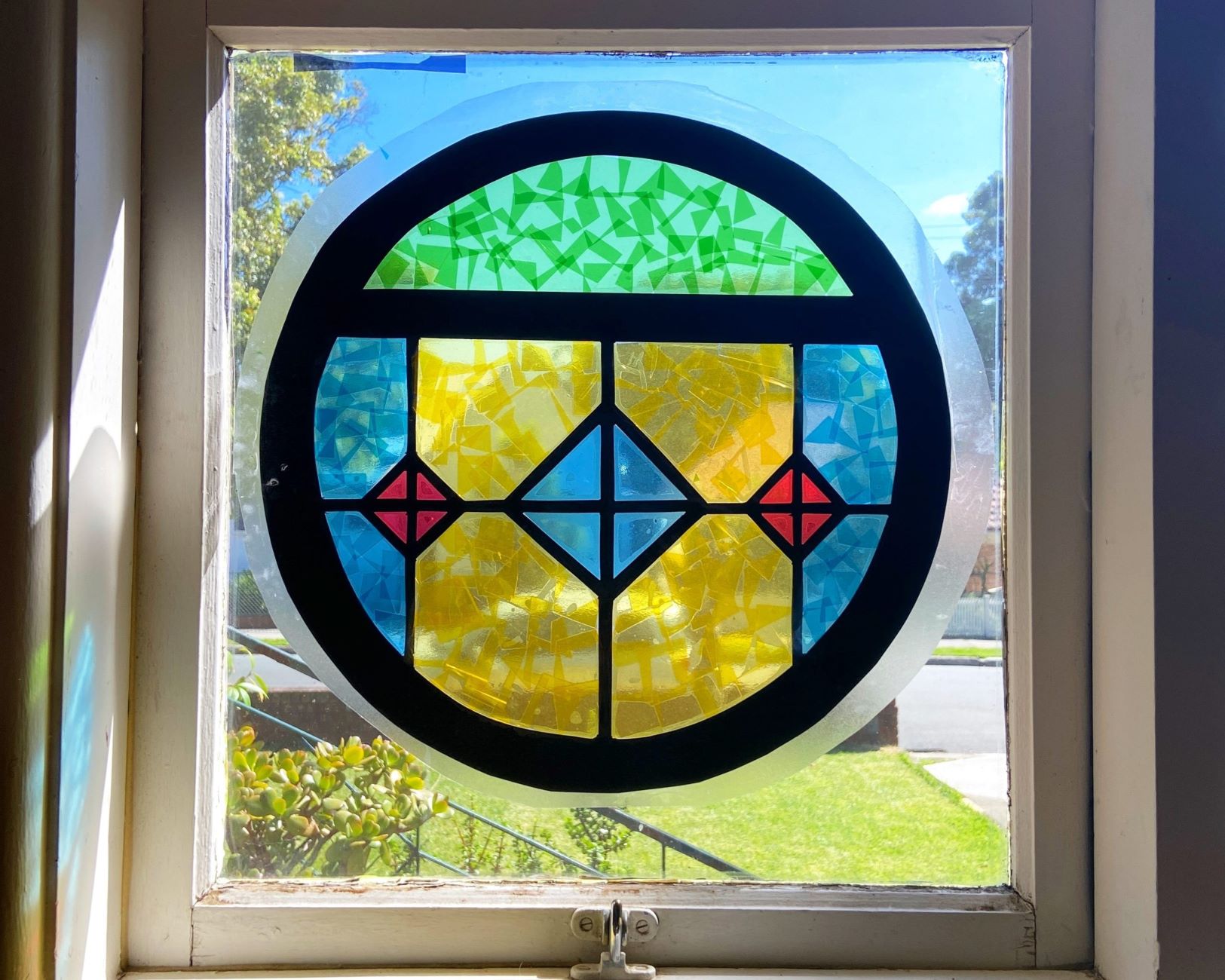
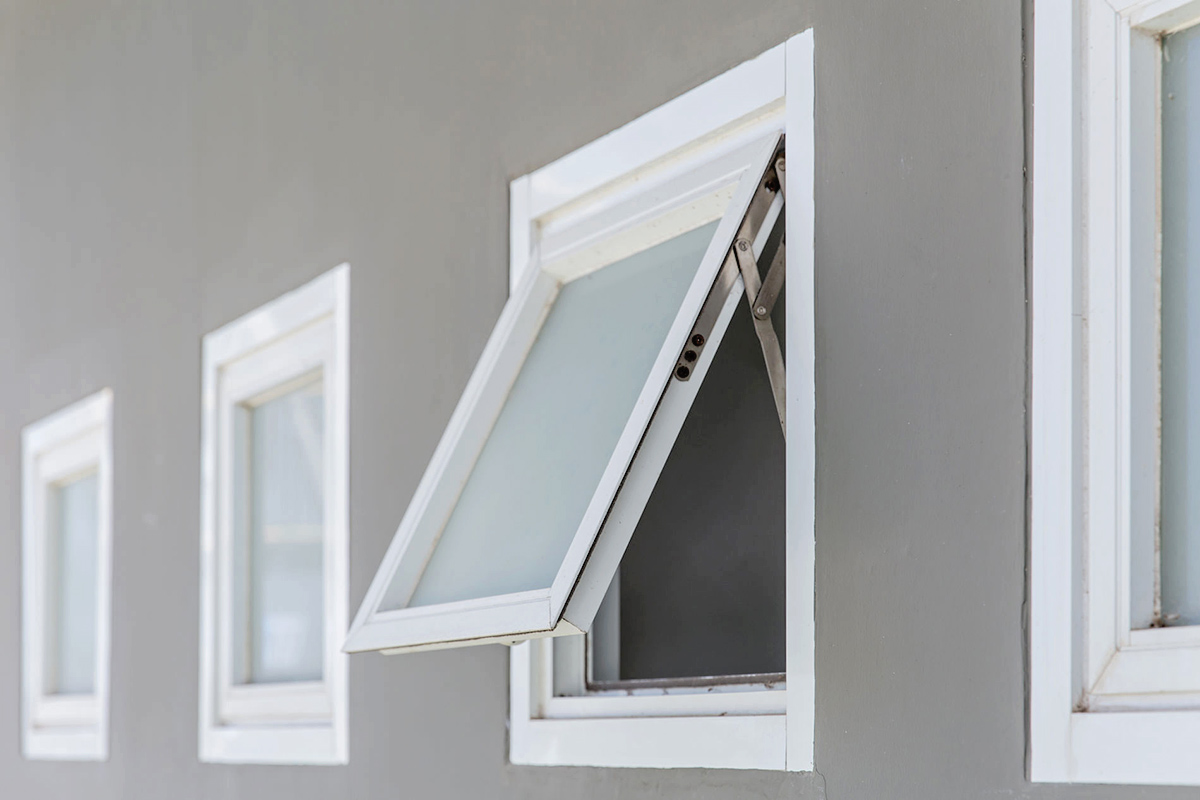
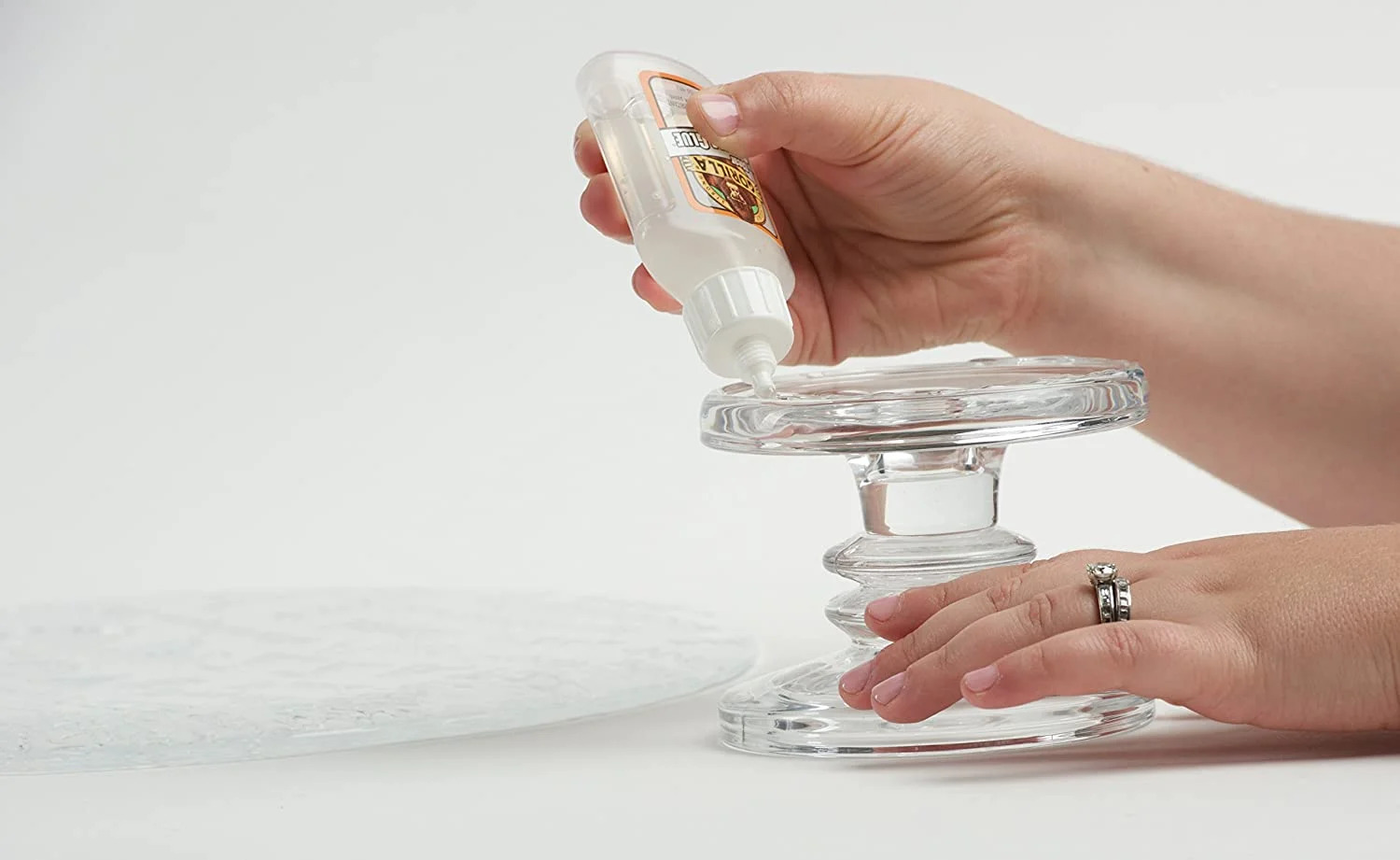
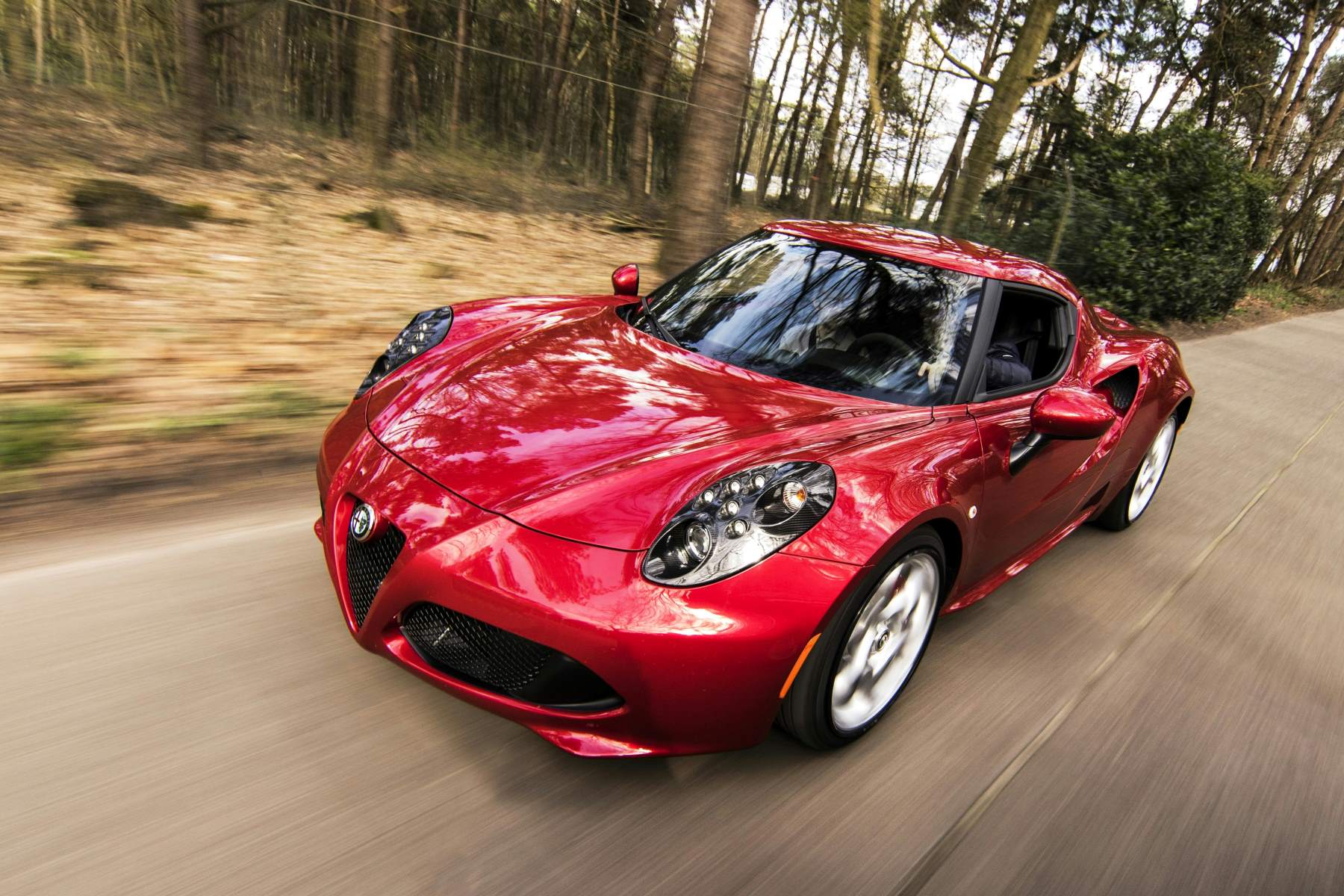
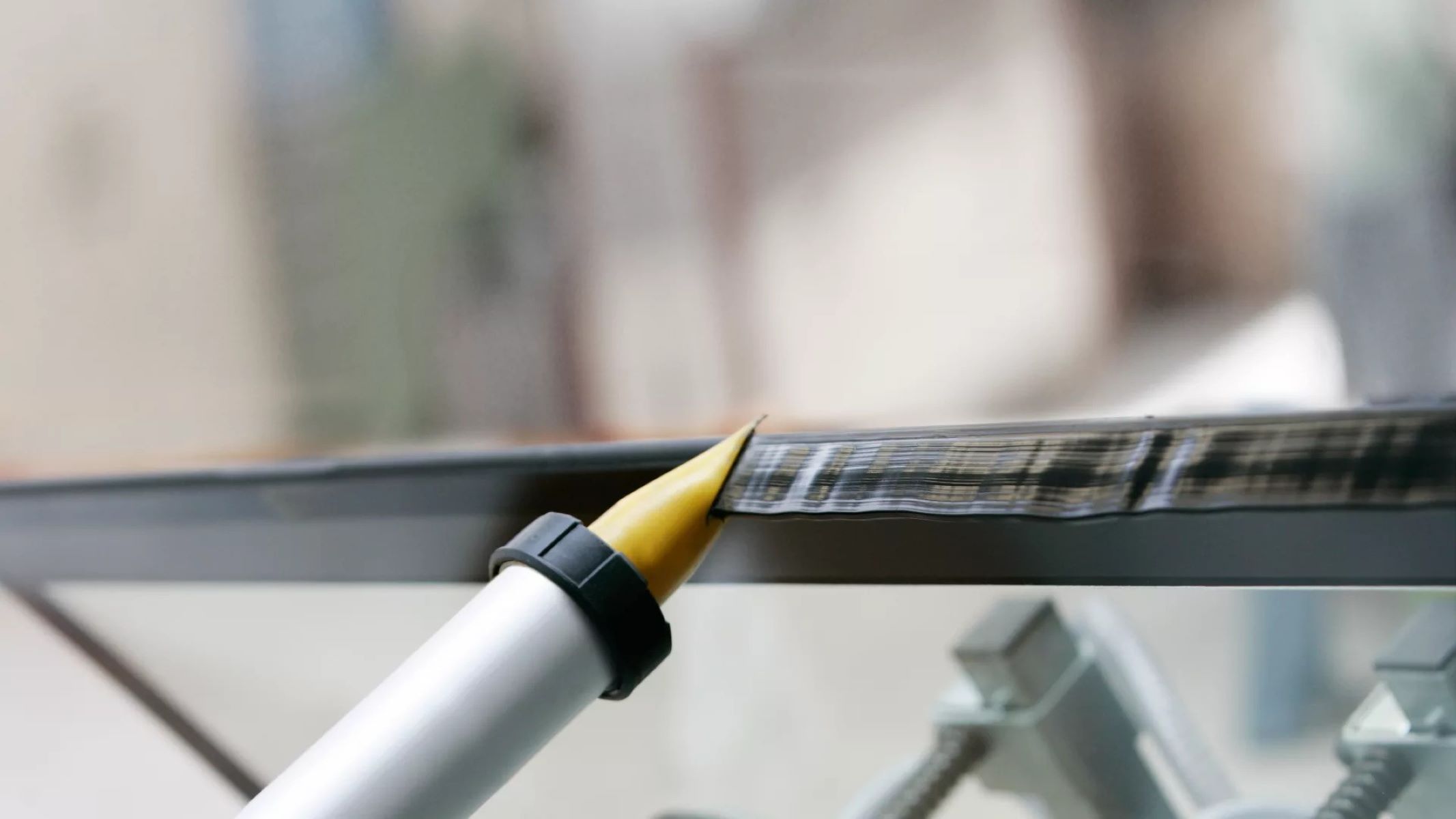

0 thoughts on “What Kind Of Glass Is In Car Windows”